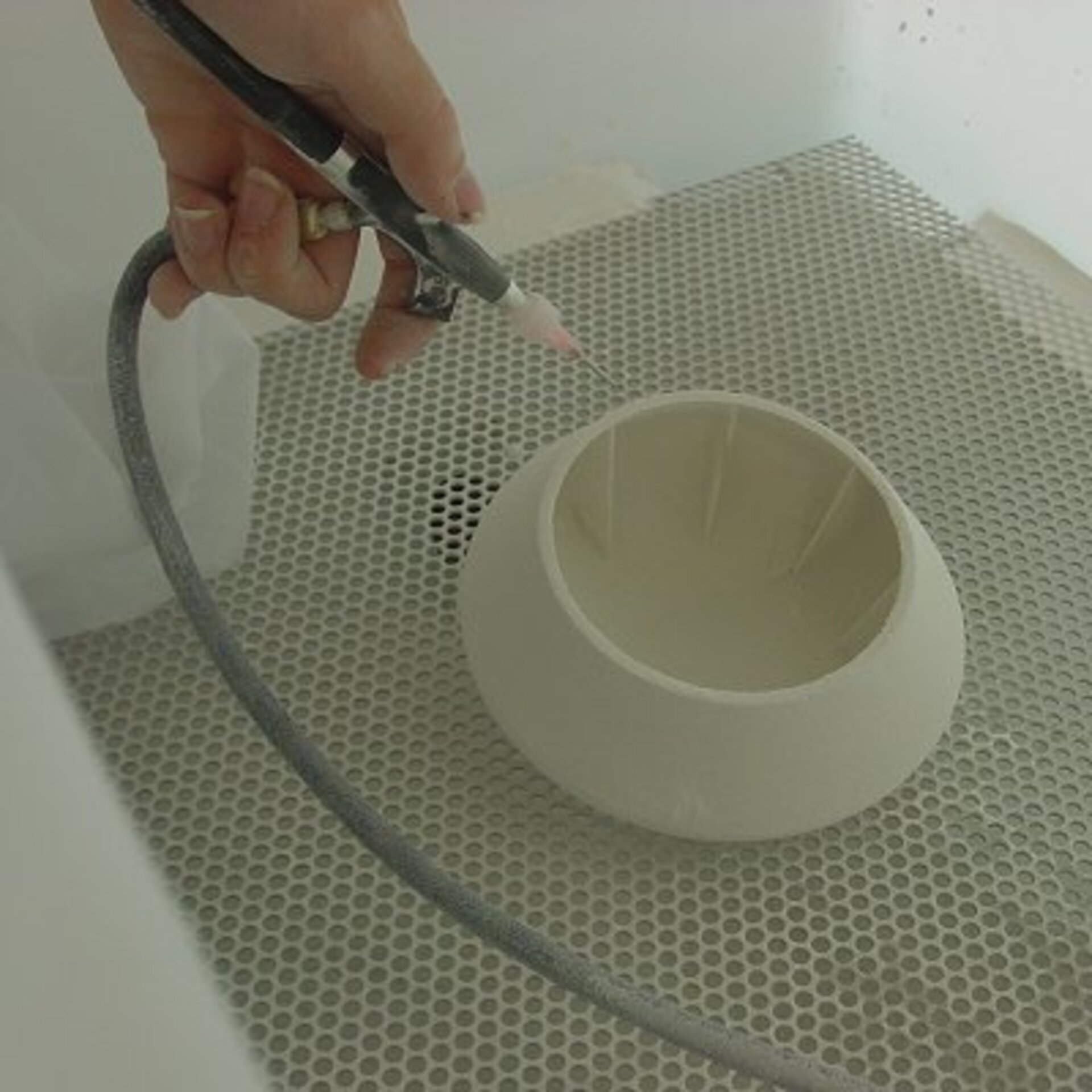Rapid prototyping adds a new dimension to CDF studies
The ability to create prototype models of the system being designed is an important asset in the concurrent design process. To facilitate this, the CDF, jointly with the Engineering Services Section, has recently acquired a Z-Corporation Rapid-Prototyping Printer.
This machine, located in the ESTEC Main Mechanical Workshop, enables us to build plaster-based models from the Computer-Aided Design (CAD) models created during CDF design sessions in a matter of hours. These 3-dimensional models are used by configuration engineers to design the overall structure and layout of a spacecraft. The Z-Printer software imports these models, scales them to fit in the build area, and divides them into 0.1 mm building layers. We can hereby create a three-dimensional model by 'printing' a single layer of the model on a plaster-based powder, using an adhesive binder solution as the 'ink'. The finished model can be infiltrated with a variety of resins, paints and waxes to increase its strength, durability and temperature dependence.

During a CDF study, we create intermediate and final prototypes of the spacecraft and specific elements. These models enable the study team to closely examine issues including overall configuration, accommodation, and positioning of solar arrays, booms and antennas. Additionally, we can build the models in several pieces to allow internal views and simulate the assembly process. At the conclusion of a study, the final prototype provides an encapsulated overview of the spacecraft design and is a tangible way to present the final configuration.




